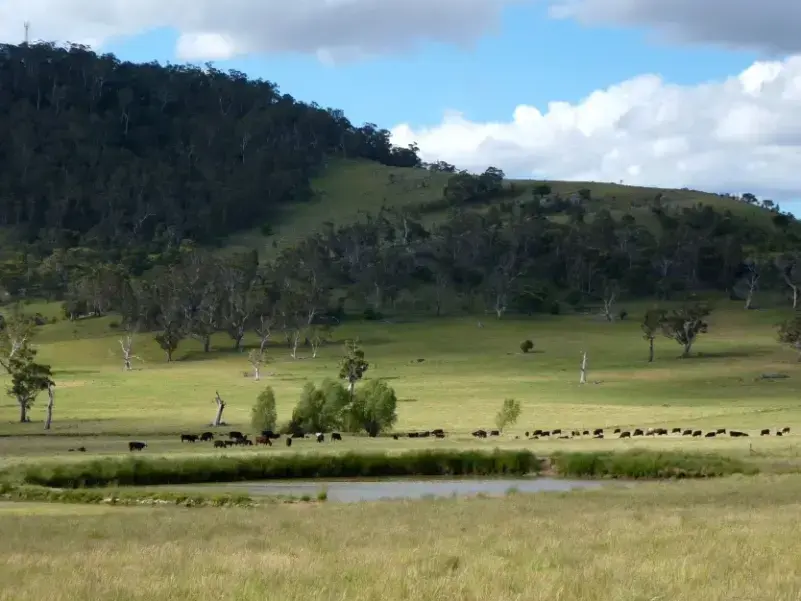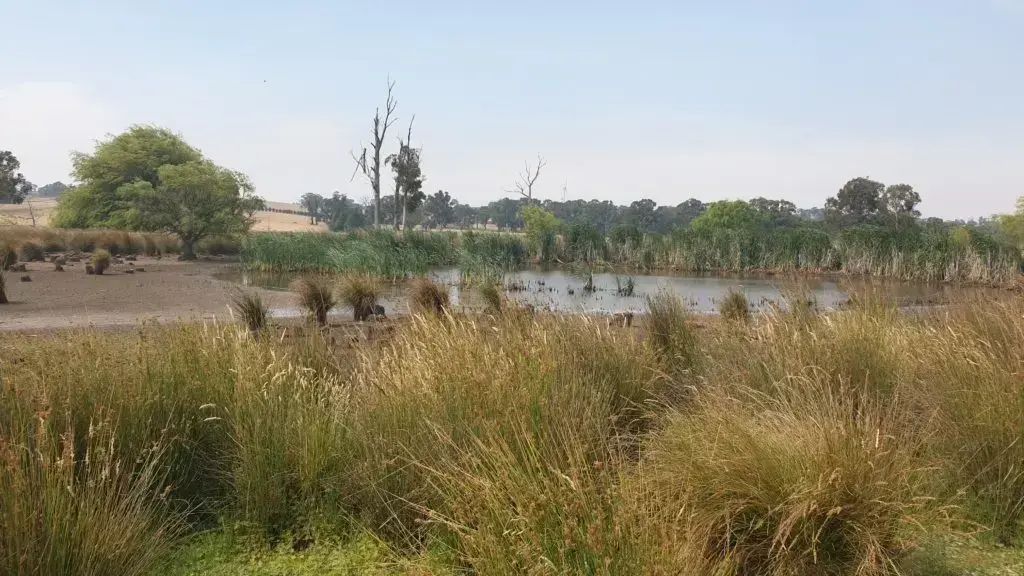The Soils For Life team provides professional assessment of properties that are using regenerative landscape management practices. Our case study program considers the quadruple bottom line of each property by looking at the effects of regenerative agriculture practices on a farm’s production, economics and ecology as well as the social implications of these practices.
As well as conducting extensive desktop research, our ecologists conduct field trips to assess first hand the impacts of regenerative agriculture on the ecology of the farm. They chose ten criteria to represent the regenerative and productive capacity of each major land type on a farm.
Here are the ten things that they are looking at when they visit a farm:

1 – Resilience to major natural disturbances
Resilience to major disturbances includes the following factors depending on the agro-climatic region (wildfire, drought, cyclone, dust storm, flood, frost). A major natural disaster or natural disturbance event can occur at any time. Some disturbances give a warning, such as a windstorm or electrical storm preceding a wildfire or a flood. Once a disaster happens, the time to prepare is gone. Lack of preparation can have enormous consequences on farm life including social, ecological, economics and production.
2 – Soil nutrients including soil carbon
Soil organic matter (SOM) plays a vital role in influencing available soil nutrients. Generally for every tonne of carbon in SOM 15 kg of phosphorus, 15 kg of sulphur and about 100 kilograms (kg) of nitrogen become available to plants as the organic matter is broken down. It is vital to know how much carbon we have in soil so that we can roughly estimate the potential supply of nutrients. SOM releases nutrients for plant growth, promotes the structure, biological and physical health of soil, and is a buffer against harmful substances.
3 – Soil surface water infiltration
Soil texture and structure greatly influence water infiltration, permeability and water-holding capacity. Of the water entering a soil profile, some will be stored within the root zone for plant use, some will evaporate, and some will drain away. In agro-ecological settings, by increasing water infiltration, permeability and water-holding capacity this will usually act as a stimulus to improve ecological function. Management regimes that promote the capture and utilisation of rainfall where it falls generally enhances ecological function.
4 – Biological activity in the soil
Soil biology affects plant and animal production by modifying the soil physical, chemical and biological environment within which plants grow and persist. The ratio of fungi to bacteria is important for land managers to understand – too many bacteria can indicate an unhealthy and unproductive soil.
In healthy soils, there is a good balance between fungi and bacteria; invertebrates including arthropods and worms are usually present. Collectively these form a vital part of a plant nutrient supply web.

5 – The physical properties of the soil
Soil is a medium for plant growth, given the right environmental conditions. In some agroclimatic regions, the naturally occurring surface layers (A horizon) have historically been adversely impacted by inappropriate land management regimes. Major and moderate loss of the A horizon either through water or wind erosion may have diminished the ecological function of the soil as a medium for optimal plant growth.
6 – Changes and trends in the reproductive potential of plants
Grazing production systems rely on an ecosystem’s inherent capacity to bounce back after grazing and natural climate events (e.g. wildfire and drought). Where regenerative land management regimes have been implemented to build or rebuild the reproductive potential of plants and pastures, we look at the observed outcomes on plant/pasture reproduction, germination, establishment, development and maintenance.
7 – The extent of tree cover
Tree cover in agricultural landscapes provides important ecosystem benefits, including mitigation of soil erosion; shelter for pastures and crops; improved animal welfare; enabling added revenue from stacked (multiple) enterprises; habitat and breeding sites for pollinators and predatory insects birds and animals; improved salinity management; improved interception of rainfall; and improved aquifer recharge.
8 – Status of ground cover
Ground cover in agricultural landscapes provides important ecosystem benefits. The quality of ground cover provides essential protection to keep the soil cool against direct, searing summer heat by reducing evaporation and protecting bare soil against raindrop splash and wind erosion. A dense, matted ground layer of pasture grasses slows overland flows during the intense rainfall events and assists with infiltration of rainfall, thus mitigating soil erosion and replenishing soil moisture. Ground cover also provides essential habitat and breeding sites for pollinators and insects and birds and other biodiversity. Land management regimes that promote higher levels of ground cover and biomass in critical growing seasons generally enhances ecological function.
9 – The diversity of tree and shrub species
Intensively managed agricultural landscapes typically adopt management regimes that simplify the diversity and number of species of trees and shrubs for pasture and crop production. Where regenerative land management regimes have been implemented there has been an observed increase in the number of tree and shrub species.
10 – The diversity of grass species
In many grazing production systems, the implementation of regenerative land management regimes can improve the variety of pasture plants (annuals and perennials). In turn this can improve pasture production, animal nutrition, protect natural resources (soil and water) and build the capacity of farming systems to adapt to future production and environmental challenges. The intensity of the grazing management system will determine the health and vitality of pastures and their longevity.
The management and selection of the perennial pasture species for a grazing production system should be based on considerations of climate, soil conditions and performance of pasture species under different management regimes.
Read about how land managers have improved each of these ecological criteria on their farms in latest case study reports. You can search them by state or sector here.
Are you farming using regenerative agriculture practices? Why not consider applying to be a case study.




